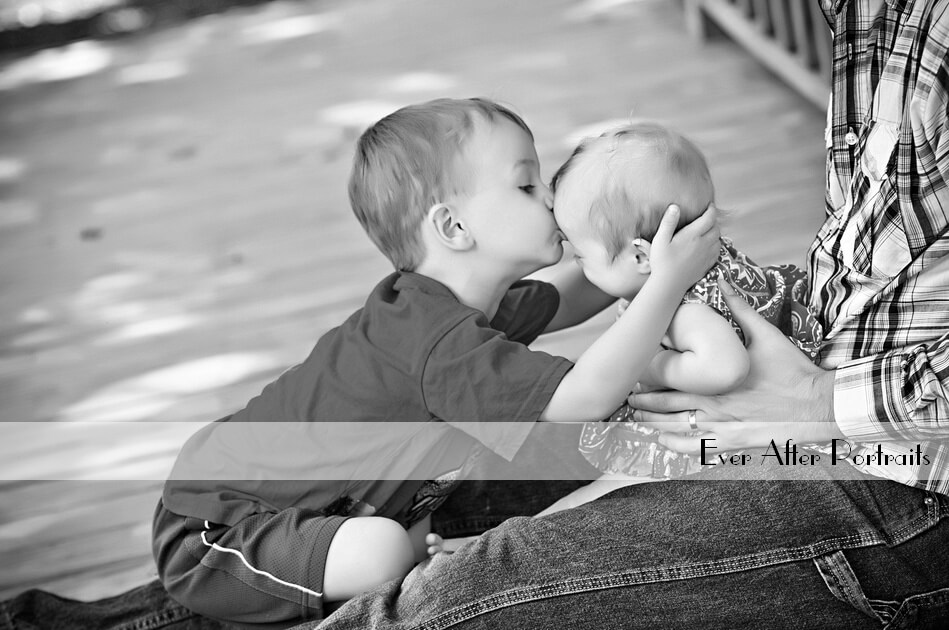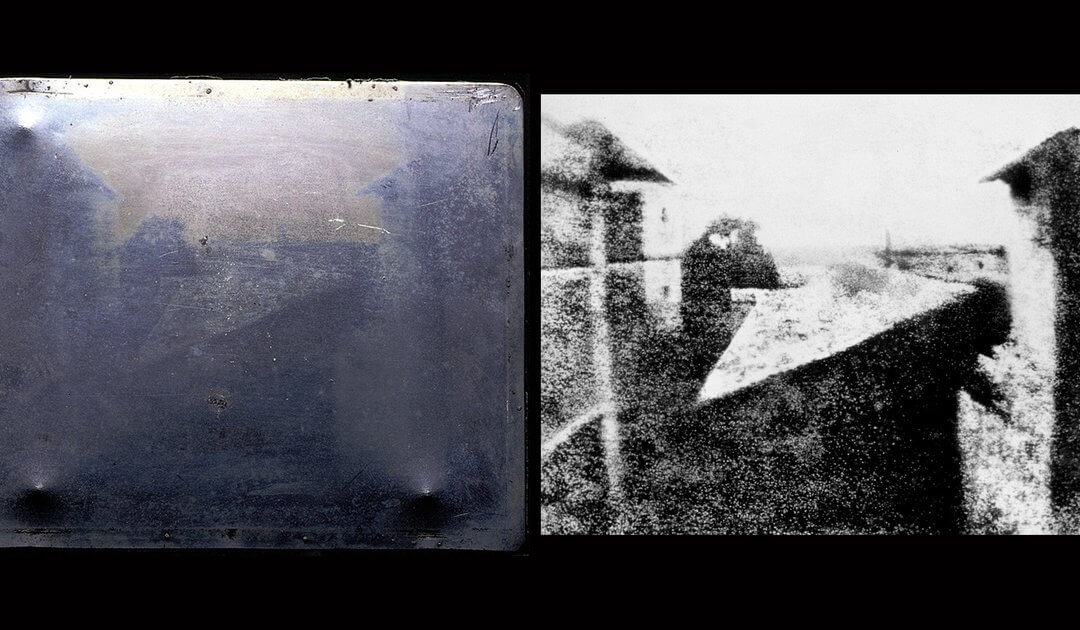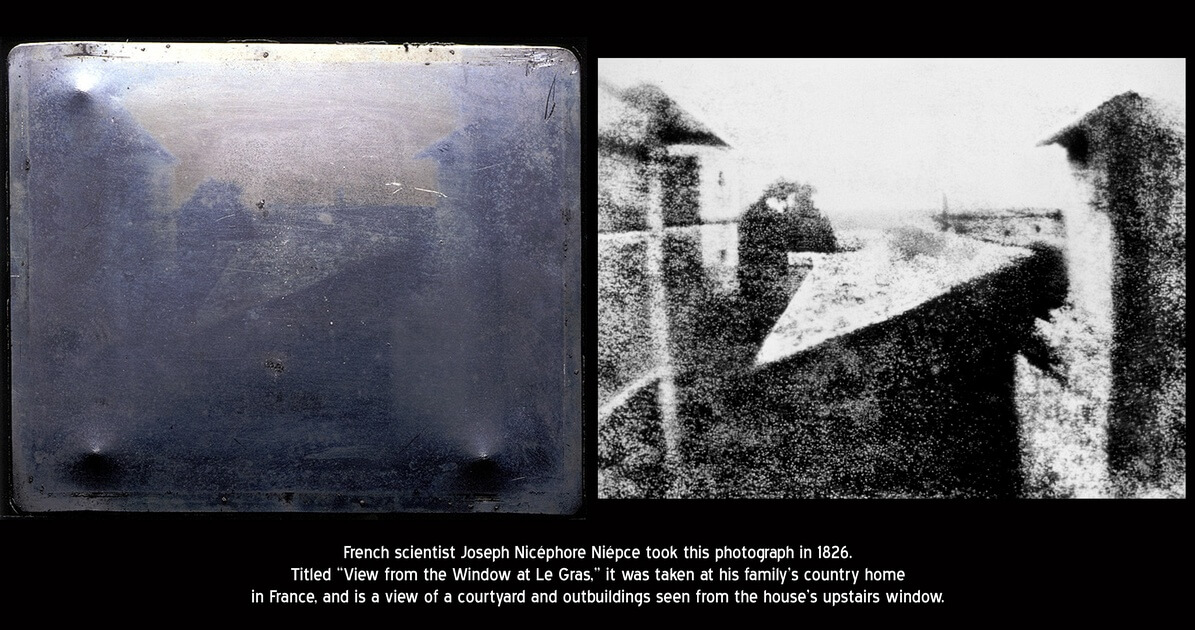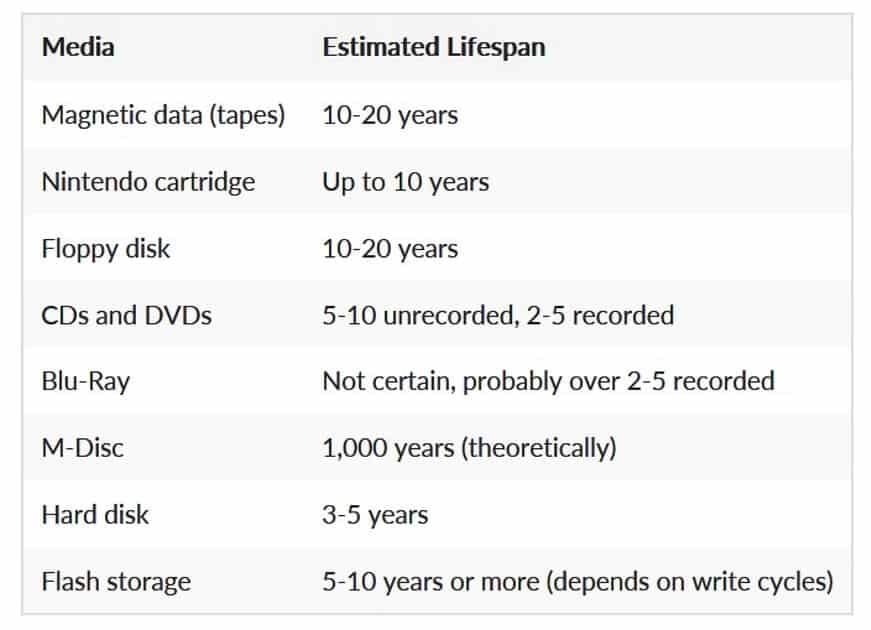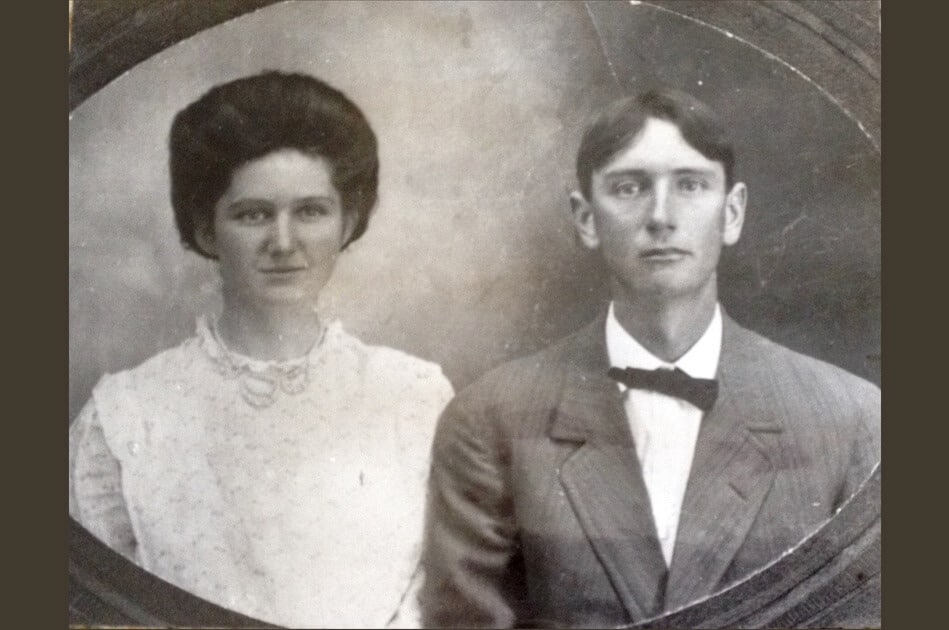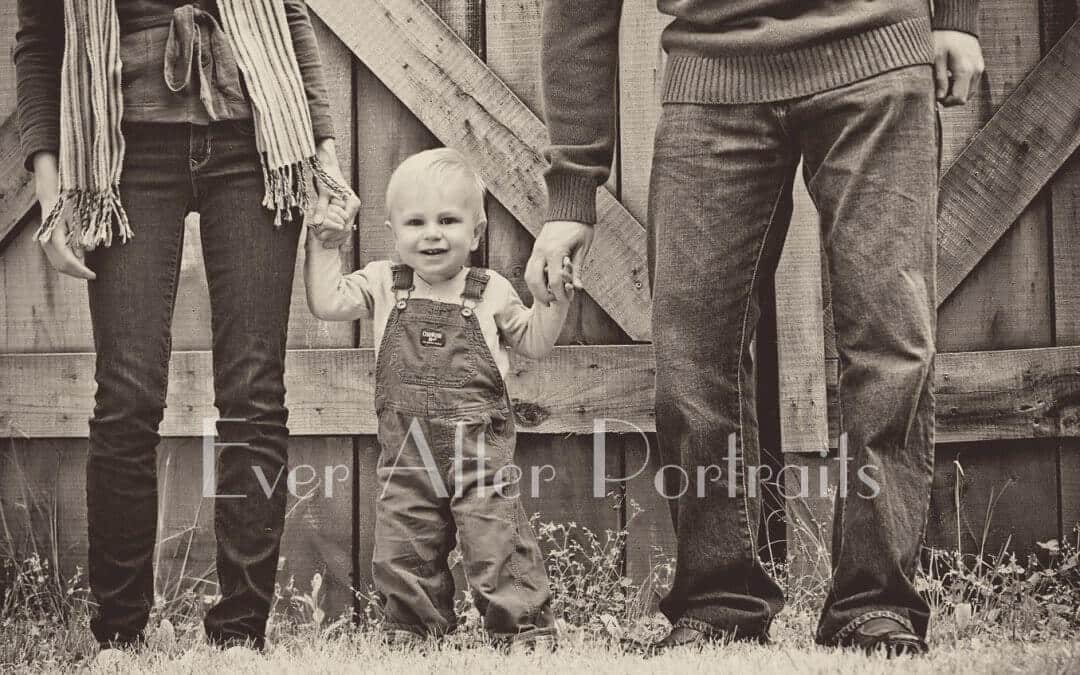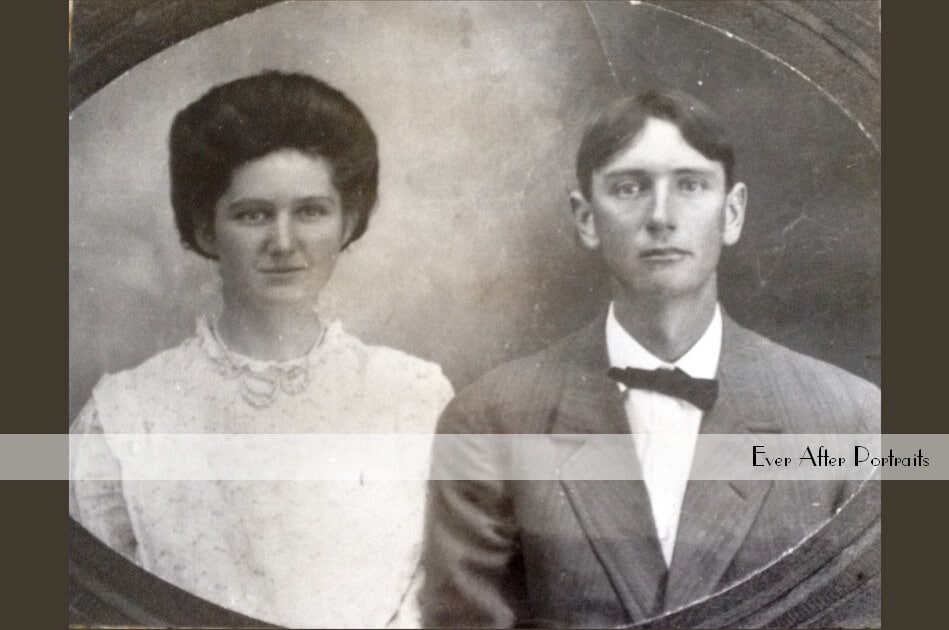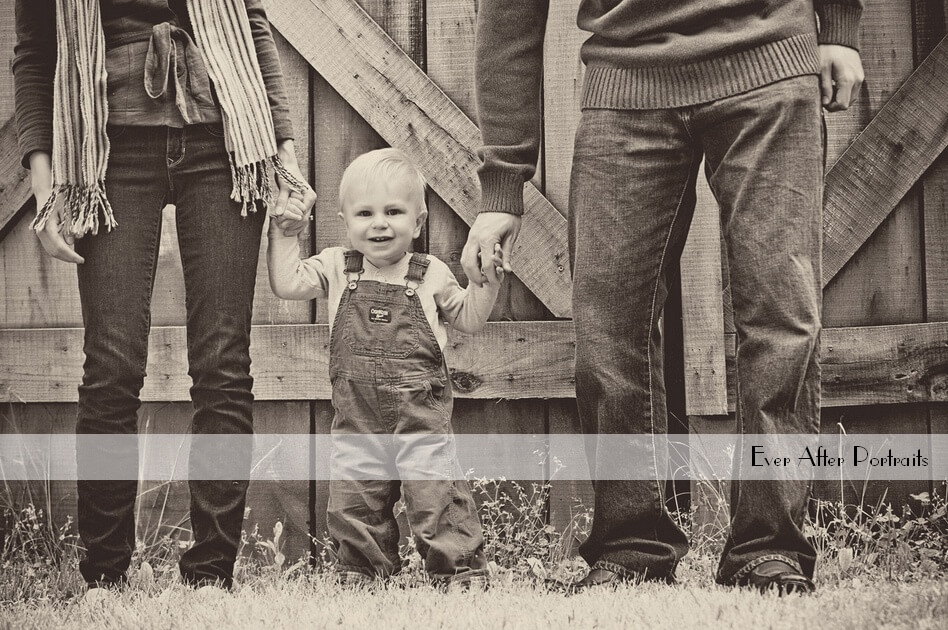Consider this: Niépce’s photograph is still with us because it was printed. Obviously, there was no alternative for him. Nor is there one for us now, in truth.
When a potential photography client asks me for digitals, I ask them, “Why do you want them?”
Usually, the reply is something like “So I can print them” or “So that I can have them.”
My response to the first reply is usually this: As a professional photographer, I know that taking a digital file to a drugstore or a big box store and printing it will not provide the client with the same quality as I can provide with a professional commercial lab that works only with photographers. I love my clients so much that I feel their precious memories are worth only the highest quality in print media.
The second reply is based on a fallacy that by having a digital, you have the image and you’ll have it forever. But digital data is just an abstract of ones and zeroes, and being able to access it in the future depends entirely on the format it’s saved in and the durability of that format.
So the only real justification for having digital files is so that you will have a backup in case something happens to your prints. In the time of film photography, people would ask for the negatives. But it appears that today, people have come to believe that prints are the backups of digitals, not the other way around!
This truly unfortunate reliance on digital has caused people to assume that their future selves or children or grandchildren will still have access to this data and be able to retrieve it. Think about this: If you look in your attic or storage building, will you find old boxes containing 8-track and cassette tapes, or VHS and Beta tapes? You probably have at least a few of those somewhere. Now, do you have a device on which to play them?
The same thing will be true of digital photography files in the future. There’s even a new photograph file format now, the BPG, which some expect to replace the JPG. In 25 years, will your children be able to even look at digital files saved in the JPG format? We don’t really know.
I have several discs of photographs from when my daughter, Joriana, was a baby and a toddler. The last time I put one of those discs in my computer (trying to pull up some of her child photographs for her wedding slideshow), the computer made the most awful noise! It was having great difficulty reading the disc. In fact, most of them were completely unreadable. They’d degraded and/or become damaged through the years, maybe because of heat or just scratched in some way. These discs were made 20 years ago. Thankfully, I had a few prints for the slideshow, but I truly wish I had had more.
Technology moves so blindingly fast nowadays! The assumption that digital is forever is a tragic falsehood. Just look back to the above chart!
A lot of people will say that they’re not at all worried because everything is backed up in “the cloud.” But what they’re forgetting is that “the cloud” is just another hard drive, another server, one that is just as susceptible to failure, hacking, viruses and corruption as any computer we ourselves have. Even if the server doesn’t fail, will you always remember your password? Will your children and your grandchildren have access to this in the future? Will they have your passwords and logins? Will the company you’re using to back up your data even be around when your grandchildren grow up?
BloombergView Columnist Justin Fox recently wrote an article entitled “The Digital Dark Ages Are Upon Us.” In his article, he references a speech given by Walter Isaacson, the biographer of Steve Jobs, Benjamin Franklin and Albert Einstein. Mr. Isaacson’s next subject is Leonardo da Vinci.
Mr. Isaacson had this to say regarding his research efforts, “Leonardo left more than 7,000 notebook pages of drawings, thoughts, and ideas. They’re all on paper, which makes them extraordinarily easy to access even after five centuries. Indeed, Leonardo’s notes are far easier to access than our e-mails, tweets, blog posts, and Facebook pages will be five centuries from now. When I was meeting with Steve Jobs and we were trying to get the emails he had sent in the 1990s, they were impossible to retrieve, even by his tech people. When I asked a university librarian recently the best way to preserve some interesting e-mails I had, she said I should print them out on paper and put them in a box.”
Justin Fox can relate to this apparently, because he says, “I have similar issues with my own published writing. I still possess copies of pretty much everything that’s come out on paper, but some work that appeared only in digital form is gone forever.”
There is no doubt that there will soon be a generation of children with little to no evidence of their childhood because any photographic digital files have corroded and been lost or are simply inaccessible.
I do not want this to happen to even one of my photography clients! I help each client choose the right printed products for their budget and taste. A beautiful family wall portrait for the home will be seen and enjoyed every single day. There is so much value in having portraits displayed in your home, portraits that capture the love you have as a family and which make you smile every time you walk past them!
I truly believe with all of my heart that it is a disservice to my clients if I were to only give them digital files and then leave them to swim in the abyss of various poor printing options. After all, the labs we use are professional labs not available to the consumer, and they provide high quality printing, even museum quality printing.
If I were to provide a client with only digital files, I’m sure that most clients would really have the best of intentions regarding printing; but in all honesty, the majority would never do a thing with them, would never print a single image, and would simply put the USB in a drawer and forget it was even there. Regarding this exact matter, a fellow photographer recently conducted a survey of 50 clients. Of the 32 who responded, only 2 had printed anything!
So please, please love your future family enough to print and display your portraits!
For professional family portraits, please consider hiring a professional photographer. We have access to wonderful labs, and your family portrait artwork will be more beautiful than you can imagine. For our studios, every single wall art finish is rated to last 150 to 200 years with normal use. That is truly a precious heirloom to be passed down to future generations.
I leave you with a photograph of my grandparents, Joriana’s great-grandparents, on their wedding day back in 1908. I am so very grateful that my mother had this printed photograph!
